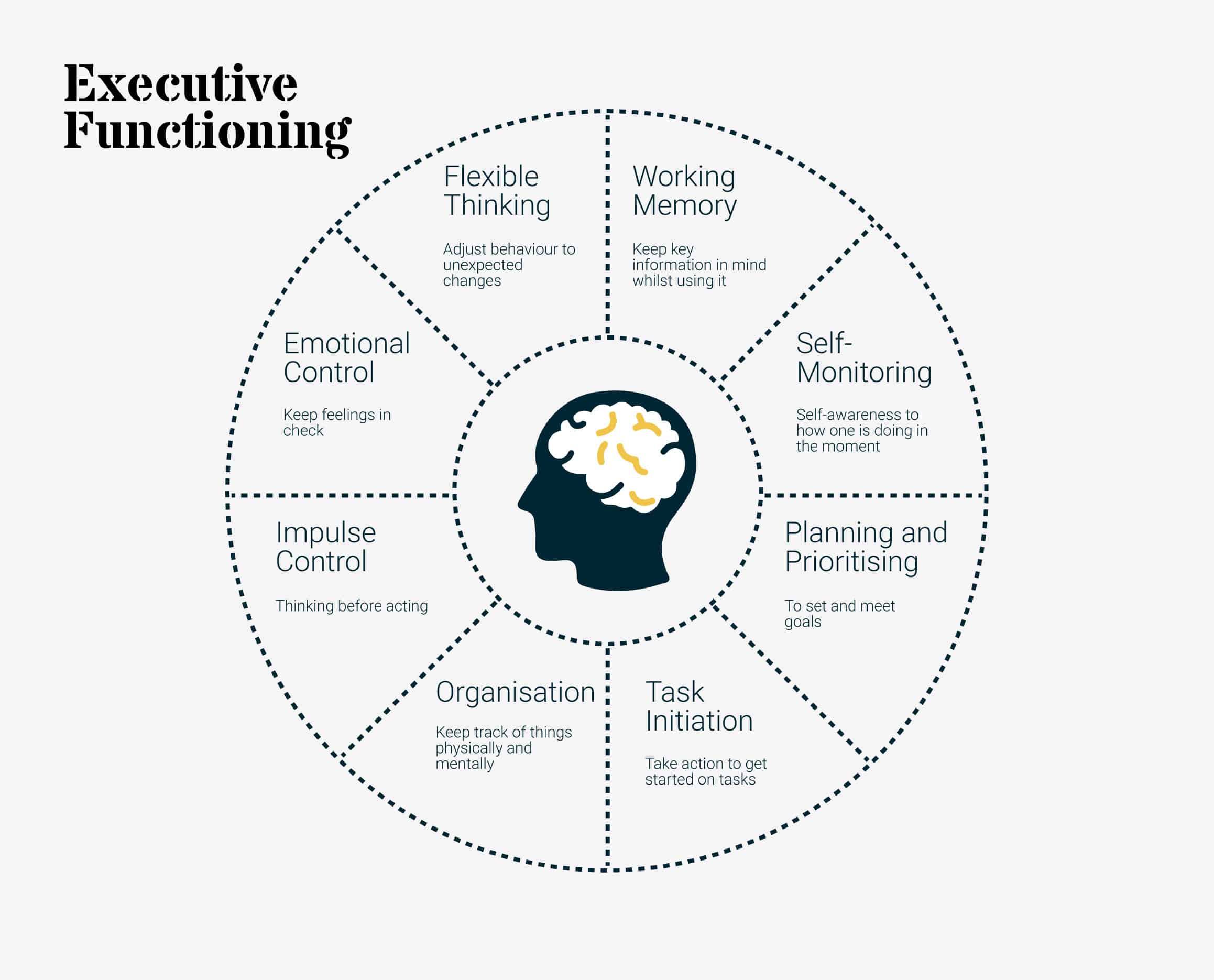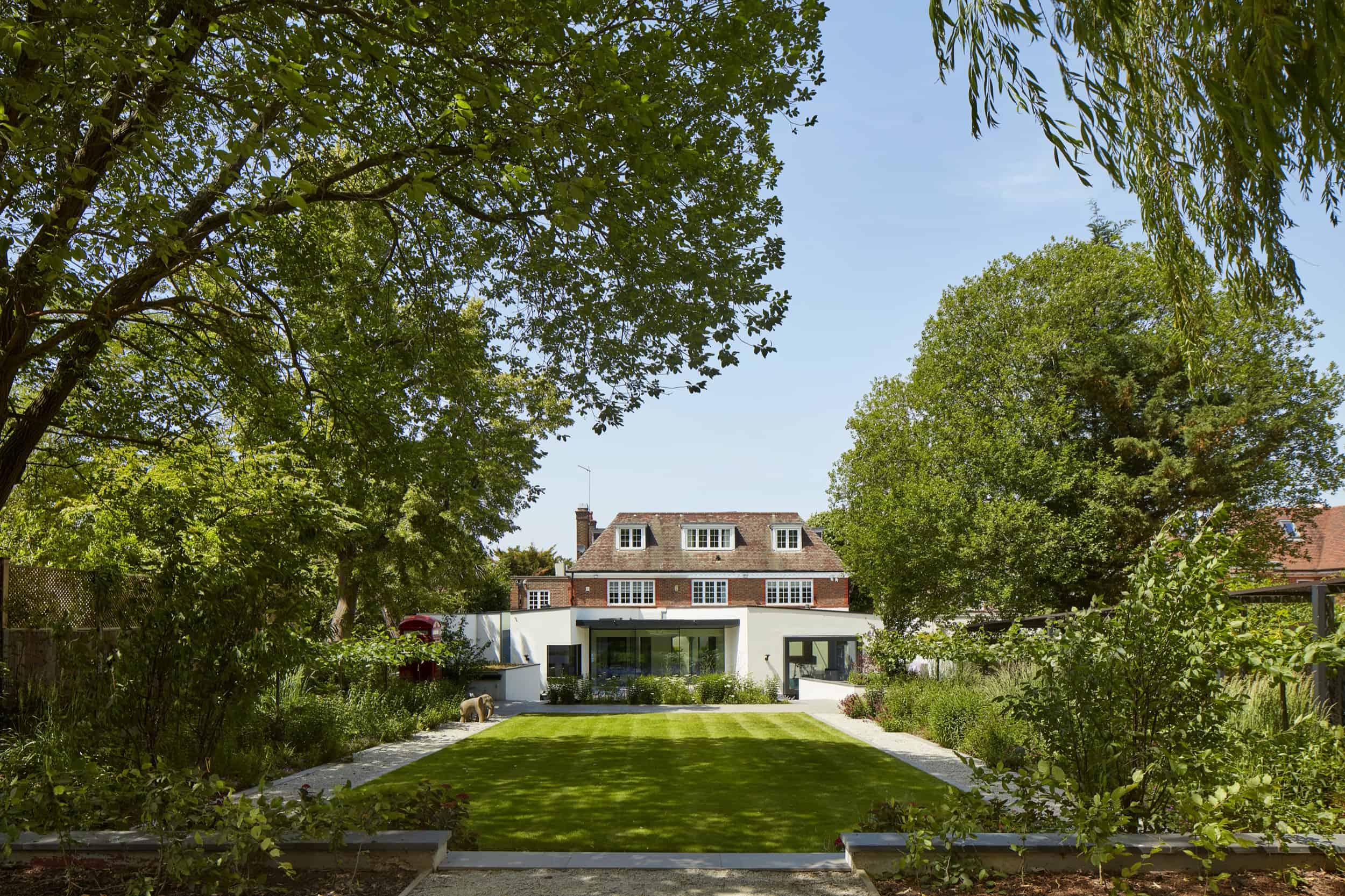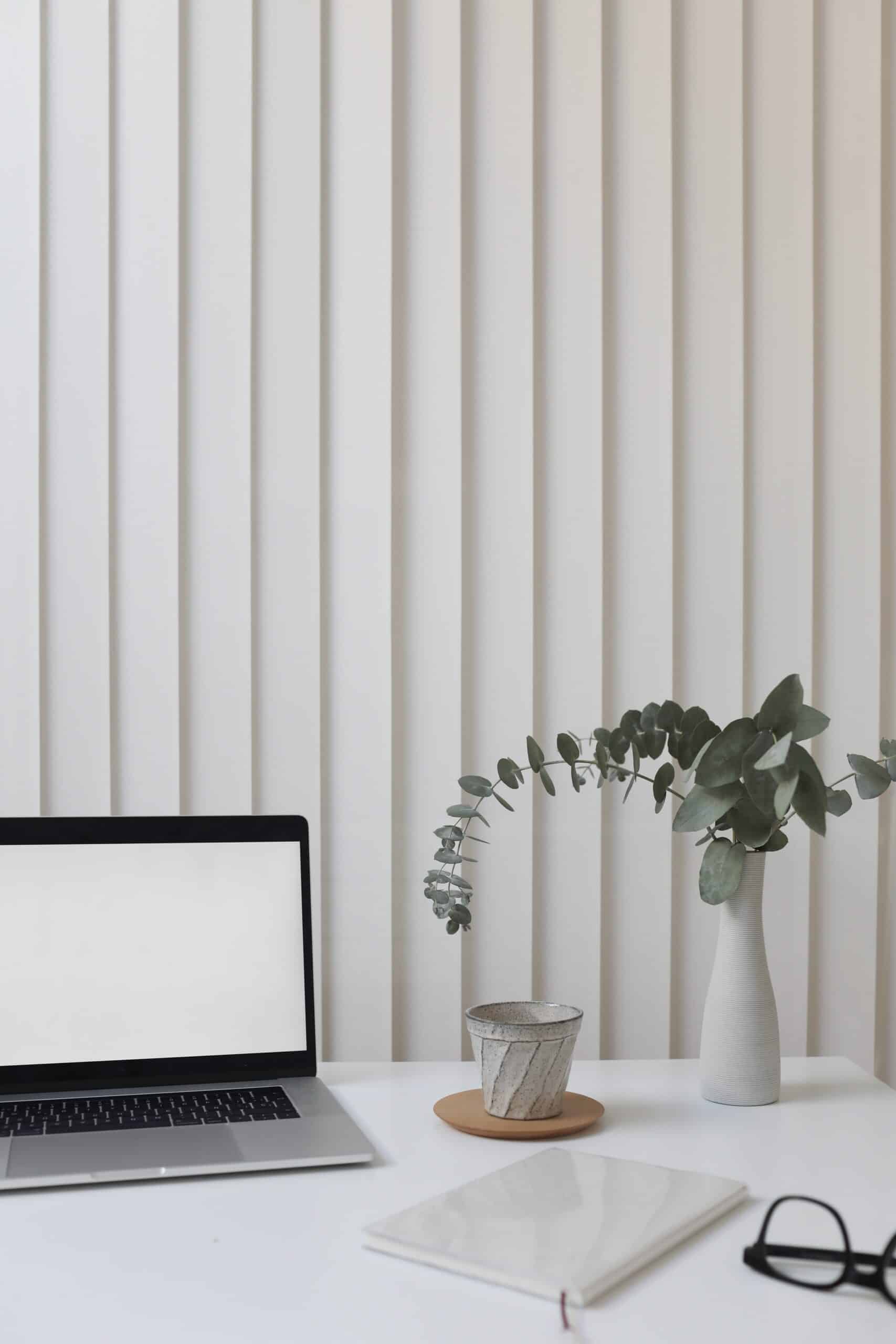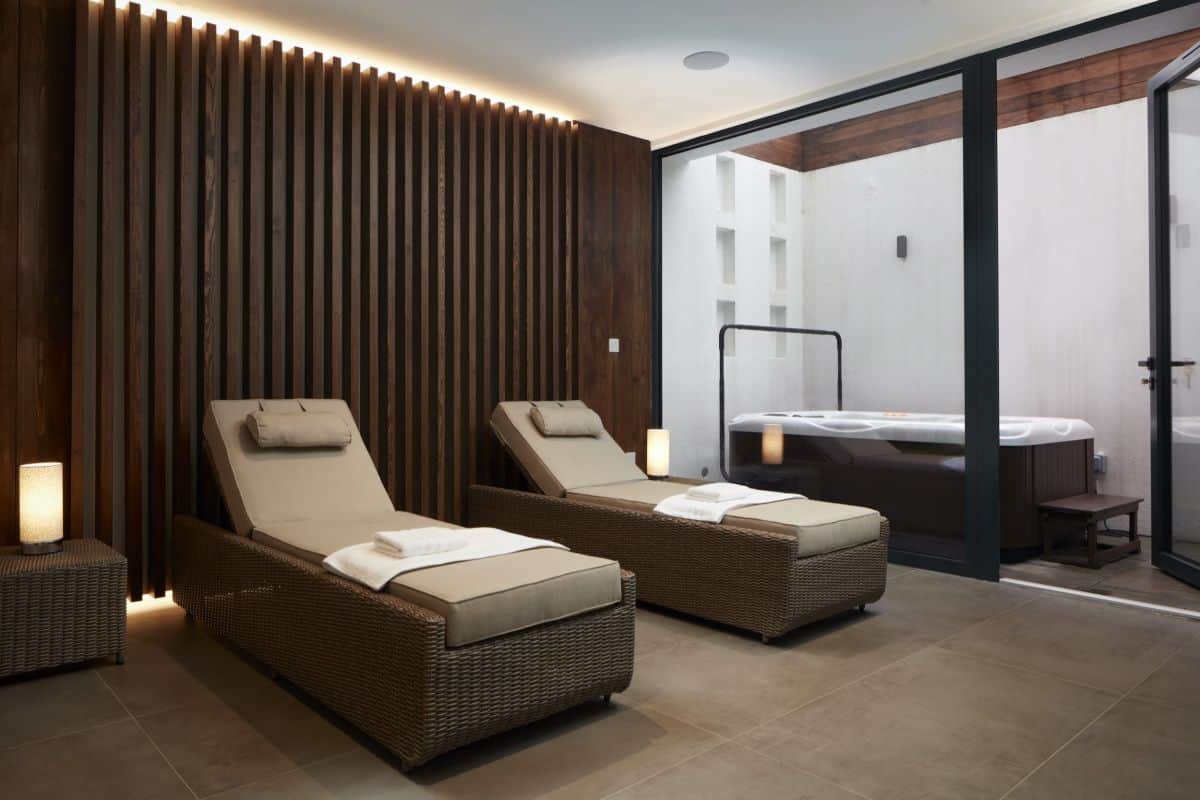Home design for the ADHD mind

Attention deficit hyperactivity disorder, or ADHD, is one of many conditions that fall within the spectrum of neurodiversity. As a spectrum, it means there are no hard or fast rules over who experiences exactly what symptoms and when.
ADHD primarily affects your eight executive functions. This is the part of your brain that, in short, deals with doing stuff and managing yourself, including: time management, working memory, self-monitoring, task initiation, planning, organisation and impulse/emotional control.
Many people with neurodivergent conditions process everyday sensory information such as sounds, sights and smells differently.
The way in which we design our homes could be making it harder for people with ADHD to live and experience a space, whether that’s because of the layout or the decoration of a room. We usually learn over time what works for us. Because ADHD presents itself so differently in people, what works and sticks will depend on the individual.
By understanding the challenges faced by those with ADHD and other conditions, it allows us to explore how architecture and interior design can really support a neurodiverse mind and help to create a calm home environment.
Personal experience
Growing up, XUL’s Director Maia Lemlij was often told by her mother that she must have been a Buddhist monk in her past life. She tells us what it was like growing up not knowing about her ADHD…
To say my bedroom was sparse is an understatement. All I had was my bed, a desk with nothing on it, a couple of small shelves with two candles and some incense which I never burned because I hated the smell. Unlike all my friends, there were no boy-band posters on my walls or polaroid pictures of my friends. Intuitively in my teens, I knew I got easily distracted. My walls were the same pale grey as the rest of the house and it would have never occurred to me to ask to have them painted a different colour.
I moved to London when I was 22 with just two suitcases. I lived on my own and my lovely flat was a larger version of my bedroom at home. It was a beautiful and bright period flat, with high ceilings. I then lived in a couple of flat shares with friends and never accumulated much more than I could fit in a small IKEA wardrobe. I had a busy life doing an MSc, working, socialising and getting the most out of London.
I then got married. And had two kids. And a dog. And it feels like grown-up life comes with lots and lots and lots of STUFF. Most of it is not my stuff. Almost none of it. It is other people’s stuff.
Two years ago I was diagnosed with ADHD. I started to dissect my life and understand how much of my life’s behavioural patterns and challenges were my ADHD all along. A lot of it, as it turns out.
As I explore the impact of ADHD on my day-to-day life, I realise that the spaces I inhabit have a big influence on how I feel.
My husband and I are both architects. We designed our beautiful house when our oldest daughter was 1.5 years old. The whole ground floor is open plan. “We need to be able to see her all the time!” we thought. “It will make a fabulous party space!” we said. “She can scoot round and round!” she did. Fast forward 10 years, adding another child and a boisterous puppy, and open-plan doesn’t seem like the best solution.
As the girls grew up, we moved the playroom upstairs and have a ban on toys downstairs. We are however blessed with creative, crafty children, so plastic toys and rubber mats have been replaced with boxes and boxes of clay, paint, bushes, and way too many felt tips (apparently each one is much needed and has a specific use), and paper in dozens of textures and formats. Do you know how hard it is to keep paper tidy when they are always pulling sheets from the middle?
The thing with open-plan is that stuff travels, and it travels particularly well when there is not a clear place for things to be, or when you have enough flat surfaces to put things down “just for a minute” on your way to do something else.
Crafty kids give you precious…well, crafts. Lovely paintings, pottery and artefacts. They go up on the shelves together with all the vases and gifts from our wedding and souvenirs from our trips. When I am downstairs at home I find it hard to relax. All the things I see all the time are visual information my brain somehow has to process. It is over-stimulating, distracting and exhausting.
I am now carefully thinking about how I can regain control of my house. As I understand better how my brain operates, my house needs to provide the right environment for my neurodivergent family.
I am not saying open plan and neurodiversity don’t go together, but we need to be mindful that too much open plan might be overwhelming for some of us.
I would like the spaces I inhabit to help foster the creativity of my ADHD brain. That creativity feels harder to access if there is too much visual noise around. I also know that I can’t pin all my hopes on a Marie Kondo approach (trust me, I’ve tried) as my ADHD means I just can’t keep up with it. Whatever you do, you need to be realistic, make it sustainable, and approach it with kindness. The more the architecture does for you, the less you will need to rely on your own organisational skills.
Questions to ask yourself
By getting into Maia’s mindset, it’s helped XUL create a series of questions to help frame a brief for ADHD home design. Here are some of the things we like to think about with our clients:
- Do you need a space to retreat and be quiet?
- How much do you want to see? Do you find particular items distracting? What could be stored away in designated cupboards?
- Think about home organisation and finding a place for everything, then make it clear to everyone what that place is. It might help you to make an inventory of different things you own and try to categorise them. Or think about “a day in your life” and consider how things move around as your day goes by. For example, where do you put your things as you walk into your house? The school bags or shoes?
- Are you sensitive to light? Think about your house’s orientation and how you embrace or mitigate the ingress of direct sunlight at different times of the day.
- Are you sensitive to noise? Consider acoustics and providing the right noise insulation for different functions. For example, if you plan to work downstairs, think of where you are placing your desk in relation to your appliances. You might consider adding additional acoustic insulation to walls and floors for instance. You might also want to think about materials and surfaces (i.e. squeaking noises from furniture moving around on hard floors) that might prove distracting.
- Are you sensitive to smell? If you’re designing an open-plan kitchen, for example, you might want to take this into account.
- Are you sensitive to flooring textures? Do you like to walk barefoot or not?
- Think about your lighting. Some artificial lights can flick and be problematic for some people. You might want to consider dimmers so you can have greater control over your lighting.
- Choose your colour palette carefully. This is where Maia is torn as her creative brain pushes her to choose bold colours that might not have the same calming effect as a more neutral palette. Smaller accents of colour might work better than lots of colour and clashing patterns. For flooring and other finishes, you might want to choose something that isn’t too visually dominating.
Can you relate to Maia’s experience? As we do more research in this area, we would love to hear from you and get a better understanding of how you experience spaces. Please get in touch with us









